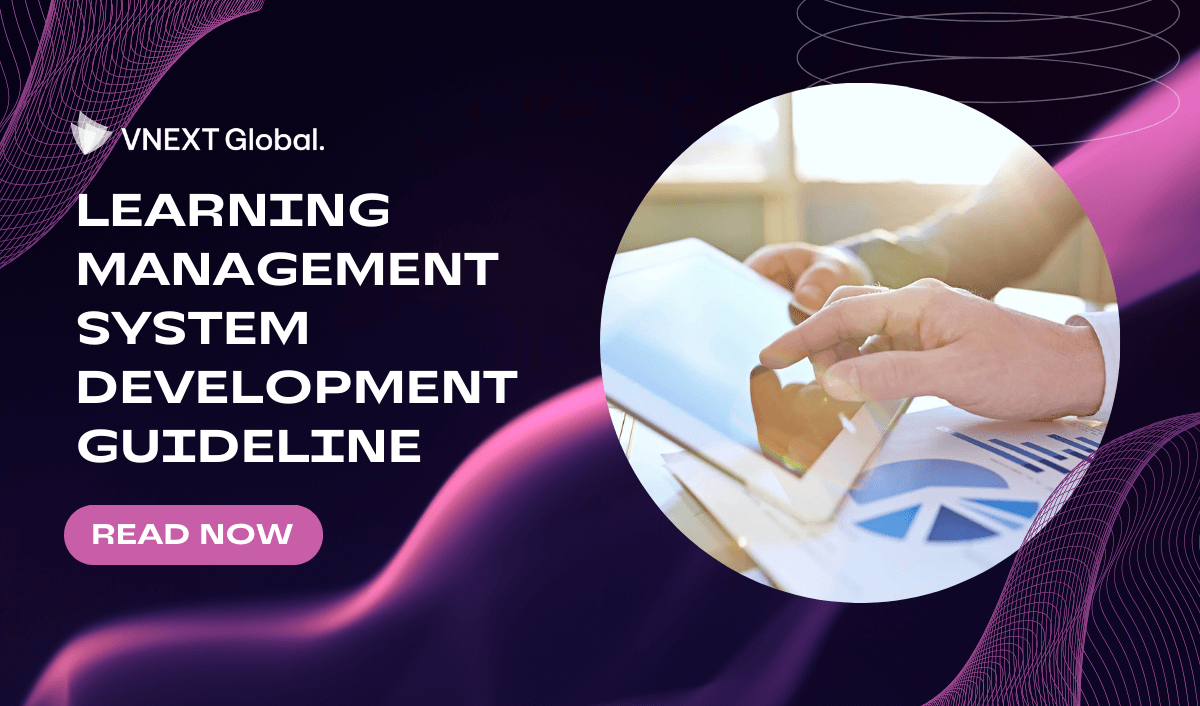IT Outsourcing Pricing Models: A Comprehensive Guide
In the ever-evolving world of IT outsourcing, pricing models play a crucial role in determining the financial aspects of engagements between businesses and service providers. The right pricing model can ensure transparency, cost-effectiveness, and alignment with project requirements. In this article, we will explore the various IT outsourcing pricing models, their characteristics, and how they impact businesses and service providers. We will specifically delve into the pricing models employed by VNEXT Global and provide insights to help businesses identify the most suitable pricing model for their unique needs.
1. What are IT Outsourcing Pricing Models?
IT outsourcing pricing models are frameworks used to determine the financial structure of outsourcing engagements. They outline how costs are calculated, billed, and managed throughout the duration of the project. These models define the parameters for estimating project scope, resource allocation, and cost control mechanisms.

2. How Many Types of IT Outsourcing Models Exist?
There are several commonly used IT outsourcing pricing models, including:
• Fixed Price Model:
The fixed price model is one of the most traditional and straightforward pricing models in IT outsourcing. In this model, the service provider and the client agree on a fixed price for the entire project or specific deliverables. The pricing is determined based on a detailed project scope, requirements, and expected outcomes. This model provides predictability in terms of costs, as the client knows the exact amount they will pay for the project. It is suitable for projects with well-defined requirements and a clear understanding of the scope.
• Project-Based Model:
The project-based model is similar to the fixed price model but offers more flexibility in terms of pricing. In this model, the pricing is based on the project's scope, duration, and milestones. The service provider estimates the cost of the project based on the agreed-upon scope, and payments are made at different stages or milestones of the project. This model allows for incremental payments as specific project deliverables are achieved, providing transparency and control over the project's progress.
• Time and Material Model:
The time and material (T&M) model is a flexible pricing model commonly used for projects with evolving requirements or where the scope is not fully defined upfront. In this model, the client is billed based on the actual time and resources spent on the project. The service provider charges an hourly or daily rate for each resource involved, along with any additional expenses incurred. The T&M model offers the advantage of adaptability, allowing the client to adjust the project requirements and allocate resources based on evolving needs.
• Offshore Development Center (ODC) Model:
The offshore development center (ODC) model is a strategic partnership between the client and the service provider, particularly suited for long-term collaborations. Under this model, the service provider sets up a dedicated team or center that acts as an extension of the client's in-house development capabilities. The pricing in the ODC model is typically based on a monthly retainer fee or a resource-based cost structure. This model offers the advantage of having a dedicated team that becomes familiar with the client's business and can provide ongoing development, support, and maintenance services.
• Build-Operate-Transfer (BOT) Model:
The build-operate-transfer (BOT) model involves a phased approach to outsourcing. In this model, the service provider builds and operates the outsourced processes or functions for a defined period. Once the operations have stabilized, the ownership and control of the outsourced processes are transferred back to the client. The BOT model is often used when the client intends to eventually bring the outsourced operations in-house. It allows for a smooth transition and knowledge transfer while ensuring operational efficiency and cost-effectiveness.
• Outcome-Based Model:
The outcome-based model focuses on delivering specific business outcomes or results rather than the traditional focus on project inputs. In this model, the pricing is tied to the achievement of predefined outcomes or performance metrics. The service provider and the client establish clear goals and align the pricing structure with the successful attainment of those goals. This model incentivizes the service provider to deliver tangible results and provides a high level of accountability.

3. IT Outsourcing Pricing Models at VNEXT Global:
VNEXT Global employs a range of pricing models to cater to diverse client needs. Let's explore the pricing models offered by VNEXT Global:
• Fixed Price Model:
VNEXT Global offers the fixed price model for projects with well-defined scope and requirements. This model provides clients with a clear understanding of project costs upfront. By leveraging their extensive experience, VNEXT Global ensures accurate scoping and estimation, delivering projects within the agreed budget and timeline.
• Project-Based Model:
The project-based pricing model at VNEXT Global aligns with projects that have defined scope but require flexibility in pricing. The client and VNEXT Global collaborate to determine project milestones, deliverables, and associated costs. Payments are made based on the completion of these predefined milestones, ensuring transparency and progress tracking.
• Time and Material Model:
For projects that demand flexibility in terms of evolving requirements, VNEXT Global offers the time and material pricing model. Clients are billed based on the actual effort invested by resources, allowing for adjustments as project needs evolve. This model enables clients to adapt to changing priorities while maintaining control over costs.
• Offshore Development Center (ODC Model):
VNEXT Global's offshore development center (ODC) model provides clients with a dedicated team of skilled professionals who work exclusively on their projects. This model offers long-term collaboration and cost-effectiveness for clients requiring ongoing development and support. The pricing structure for the ODC model is based on a monthly retainer fee, providing clients with predictable costs while maintaining flexibility and scalability.

4. Which Models Fit Your Businesses the Most?
Selecting the most suitable pricing model for your business depends on various factors, including project requirements, budget constraints, and desired level of control. Consider the following scenarios to determine which pricing model aligns best with your business needs:
• Fixed Price Model:
The fixed price model is ideal for projects with well-defined scope, clear deliverables, and strict budget constraints. If your project requirements are unlikely to change significantly during the development process and you prefer a predictable cost structure, the fixed price model can be a suitable choice.
• Project-Based Model:
If your project has a defined scope but requires flexibility in terms of pricing and milestone-based payments, the project-based model may be a good fit. This model allows you to align payments with project progress and provides an opportunity for regular evaluation and adjustments.
• Time and Material Model:
For projects with evolving requirements or those that demand a high degree of flexibility, the time and material model offers greater adaptability. This model is suitable when project specifications are likely to change, and you need the ability to scale resources up or down as needed.
• Offshore Development Center (ODC) Model:
If you require a long-term partnership and ongoing development and support, the ODC model is a viable choice. This model provides a dedicated team that becomes an extension of your in-house team, offering seamless collaboration and resource scalability. The ODC model works well for businesses with consistent development needs and a desire for long-term cost-effectiveness.

Final Thoughts:
Selecting the appropriate IT outsourcing pricing model is crucial for businesses seeking cost-effective and transparent engagements with service providers. By understanding the different pricing models available, such as the fixed price, project-based, time and material, and offshore development center (ODC) models, businesses can align their specific project requirements with the most suitable pricing structure. VNEXT Global, a leading IT outsourcing company, offers a range of pricing models to accommodate diverse client needs. Whether your project demands a fixed scope and budget, flexibility in pricing, adaptability to changing requirements, or a long-term partnership, VNEXT Global's pricing models can be tailored to suit your business goals. By considering the unique characteristics and requirements of your project, you can confidently choose the pricing model that best aligns with your business needs and sets the stage for a successful IT outsourcing partnership.
If you are looking for a trusted IT partner, VNEXT Global is the ideal choice. With 14+ years of experience, we surely can help you to optimize your business digitalization within a small budget and short time. Currently, we have 400+ IT consultants and developers in Mobile App, Web App, System Development, Blockchain Development and Testing Services. We have provided solutions to 600+ projects in several industries for clients worldwide. We are willing to become a companion on your way to success. Please tell us when is convenient for you to have an online meeting to discuss this further. Have a nice day!












